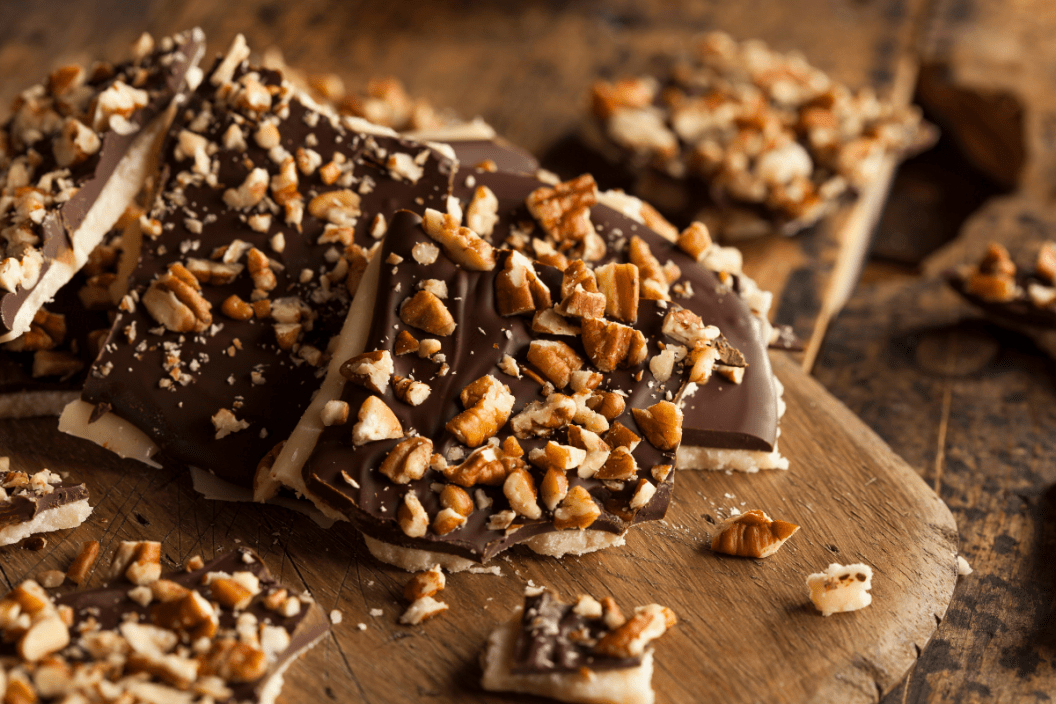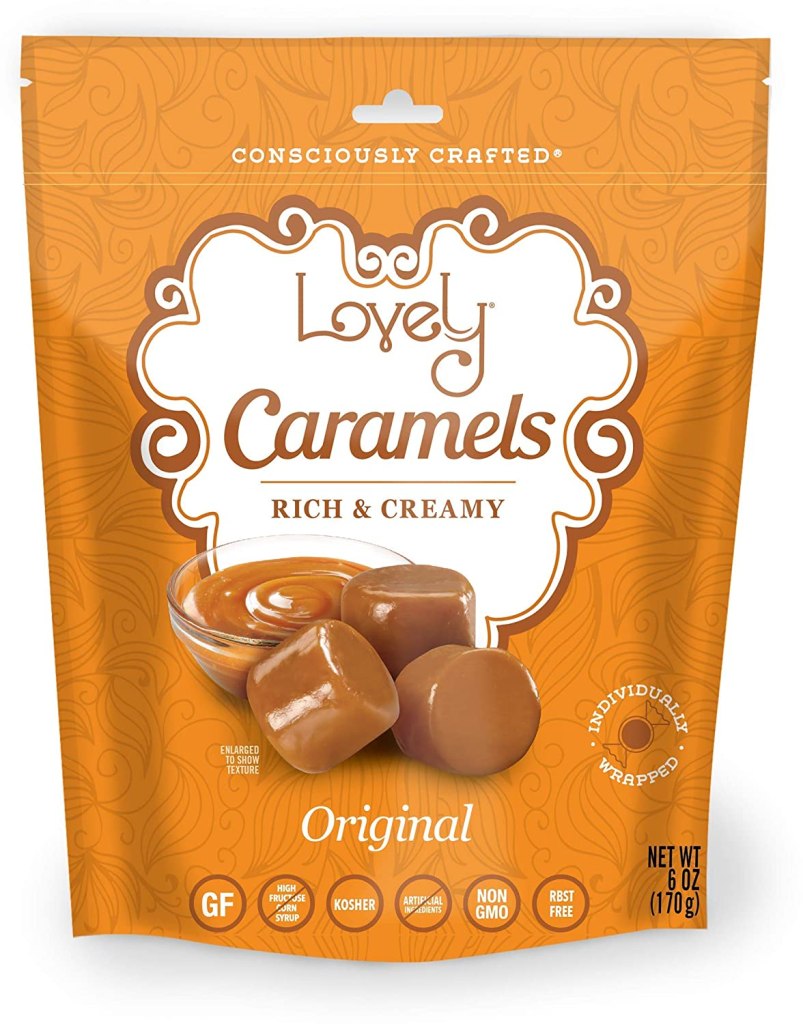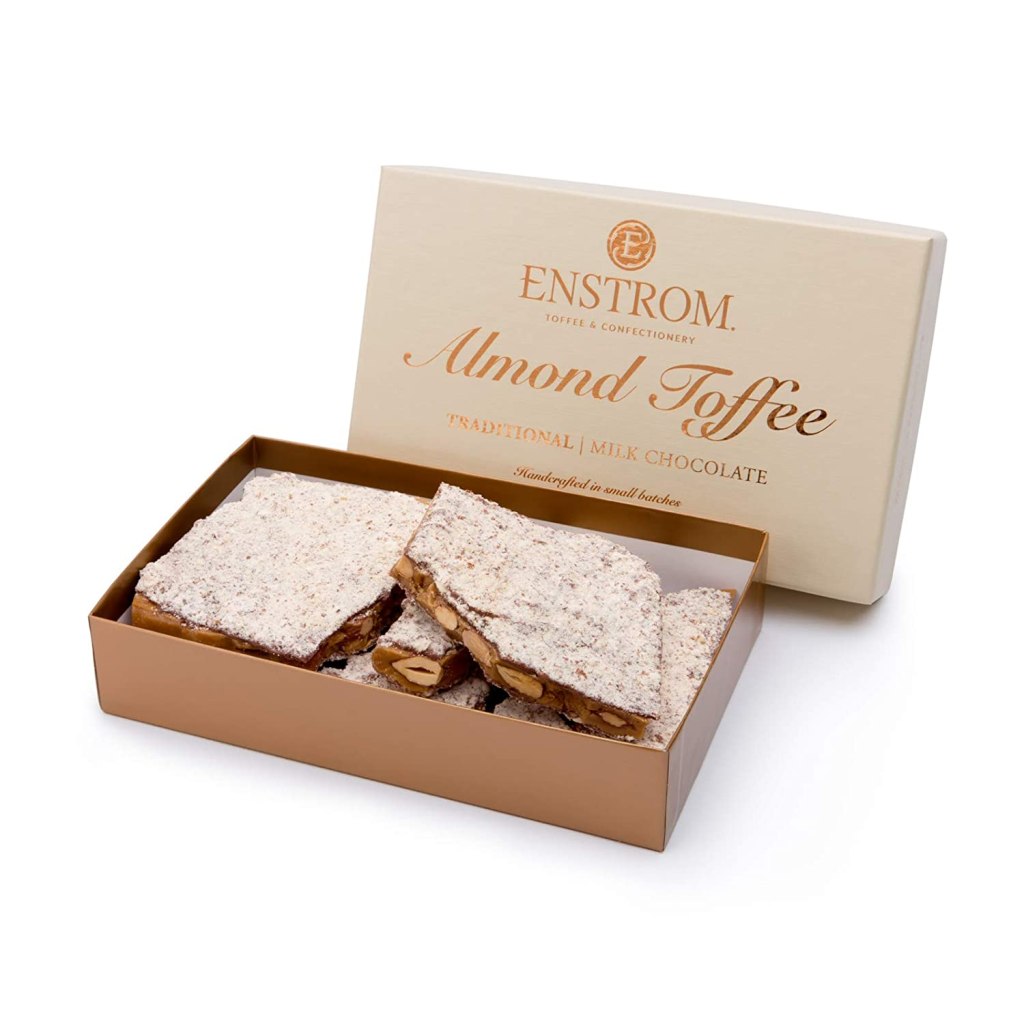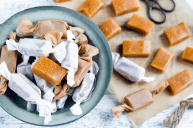Toffee and caramel- two sweet, delicious confections featured in many classic desserts, equally chewy and versatile. These light umber sweets may seem interchangeable to those without a sweet tooth, but they have some important differences. While both yummy desserts contain sugar and are delectable toppings for ice cream and cakes, there are some key differences between toffee vs caramel.
Videos by Wide Open Country
Caramel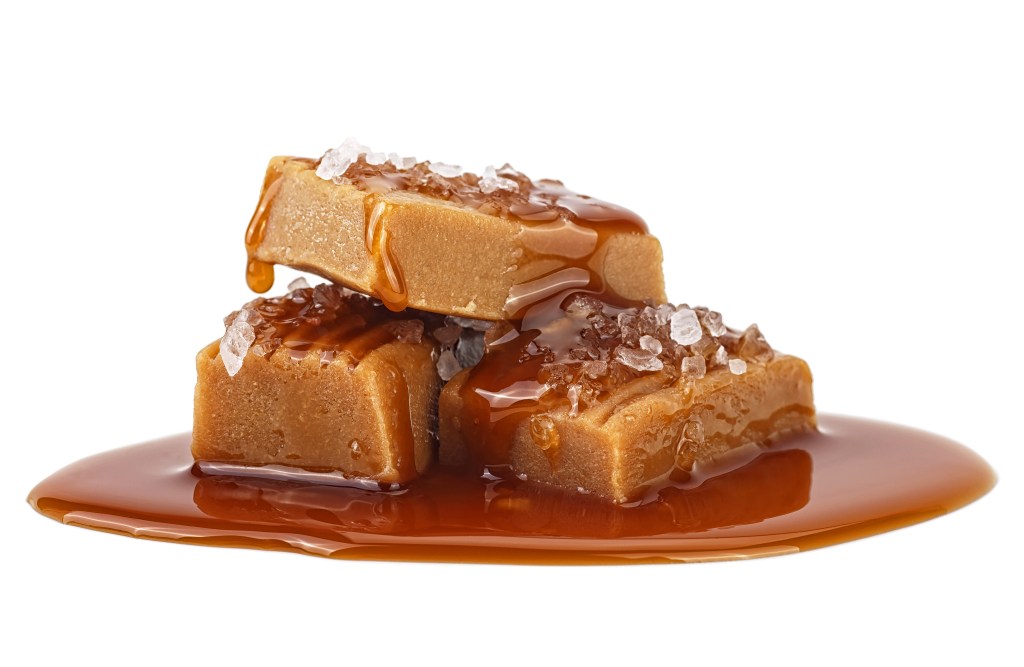
Caramel is a versatile sweet treat, tasty on its own or as an ice cream topping or cake garnish. As scrumptious as both toffee and caramel are, making them is a simple process. To make caramel, you start by heating water, corn syrup, and sugar on the stove, stirring together until the sugar is completely dissolved. Then, boil the sweet mixture until it reaches a lovely shade of golden brown. Cream, butter, and vanilla extract are mixed in, and the sugary blend is reheated. Here's a recipe to try it out.
Once you've completed these steps, you should have a tasty batch of caramel to use however you please. Caramel is famous for caramel apples, and it also works great in cheesecake and as caramel sauce for ice cream. One important aspect of caramel is the temperature used when heating it, which is also a distinction when comparing toffee vs caramel. With a higher temperature, your caramel will be more set, perfect if you're hoping for hard candy. If you're looking for a softer texture for your caramel, heat it at a lower temperature. Softer caramel might be better if you plan to use it in cake or brownies.
Toffee
As for toffee, this butterscotch-like sweet treat is made of butter and sugar. There are many variations of toffee, and while American toffee contains white sugar, English toffee is made with brown sugar. It cooks for longer than caramel does, as well as being made at a higher temperature by about 50 degrees Fahrenheit. Because toffee cooks for a longer time, it typically is harder and more brittle than caramel.
Along with this, toffee usually features a nut such as almonds or pecans to add flavoring and texture. Many pastry chefs choose to add chocolate and sea salt to their toffee as well, creating an irresistible blend of flavors. This is another key distinction between toffee vs caramel; toffee usually has nuts in it, while caramel doesn't.
When making toffee, you will heat it until it reaches the soft crack stage, which is between 270 and 290 degrees F. This is when a sugary syrup is firm but pliable. The next stage of heat would be the hard crack stage, which is when the sweet will simply break if you try to bend it, about 300 degrees F. Some toffee recipes call for heating it until the hard crack stage, which will make it harder and more brittle toffee. Here's a recipe to make your own!
Toffee vs Caramel
The key distinctions between toffee vs caramel are the temperature they are cooked at and their ingredients. Toffee always contains butter, while caramel uses cream or milk for its delectable flavor and texture. Another difference, though invisible to the human eye, is that they have different sugar crystals. One can see microscopically that caramel has long sugar crystals, which come from the milk. These long sugar crystals cause the soft chewiness of caramel Toffee, on the other hand, has short sugar crystals, which result in its crunchiness.
Although toffee and caramel have their differences, the most important aspect of these sweet desserts is that they are delicious!
